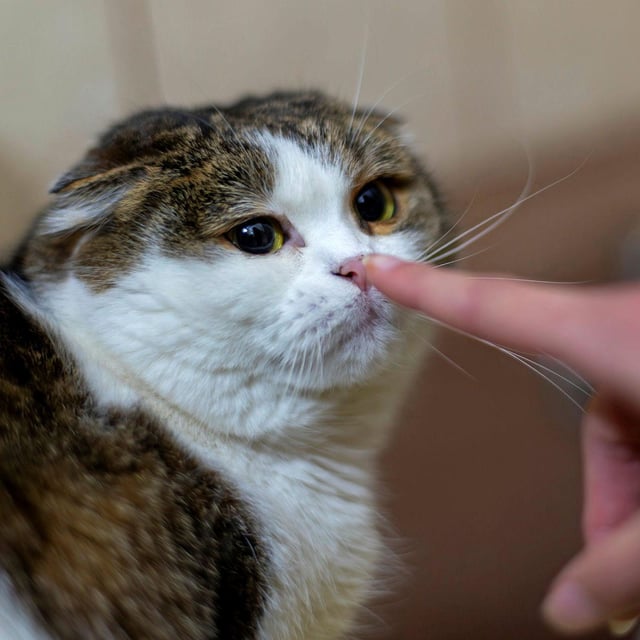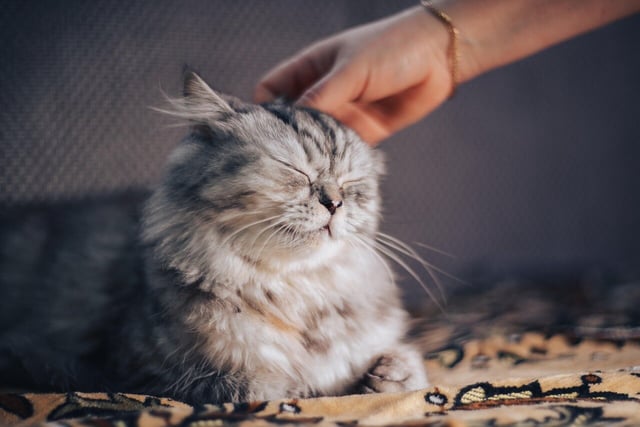Overview
- Cats spent significantly more time sniffing scent samples from strangers than from their owners or blank controls, demonstrating scent-based human recognition.
- Felines initially engaged their right nostril when exploring unfamiliar odors and later switched to the left nostril as scents became more familiar, indicating hemispheric lateralization.
- Male cats rated higher in neuroticism exhibited repeated sniffing of scent tubes, whereas more agreeable males investigated scents with a single, calm pass, and female cats showed no personality-linked differences.
- Many cats performed immediate face-rubbing on the tubes after sniffing, suggesting a behavioral link between olfactory exploration and scent marking.
- The study tested 30 domestic cats and was published May 28, 2025 in PLOS One by researchers at Tokyo University of Agriculture, highlighting a deeper olfactory bond between cats and their owners.



